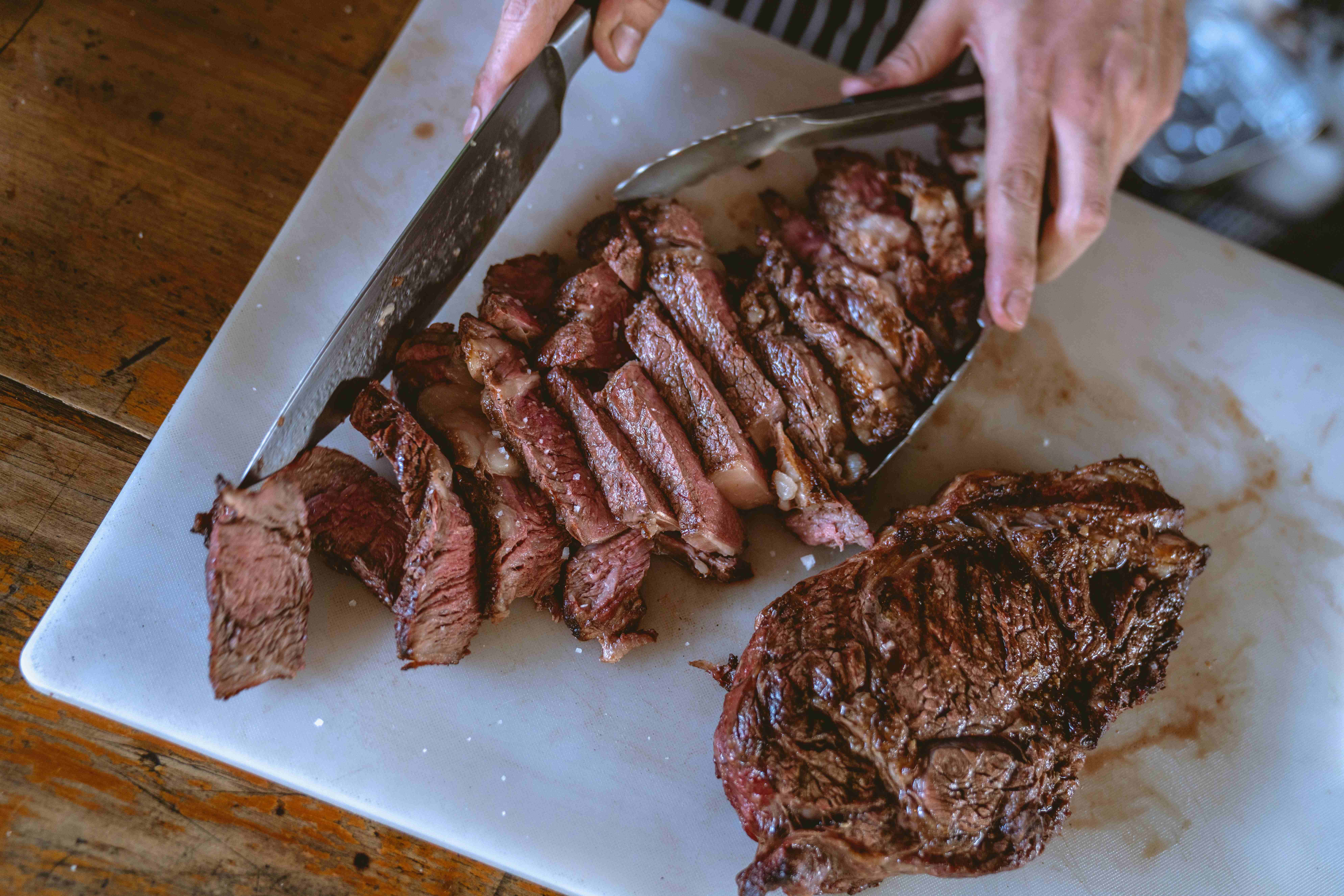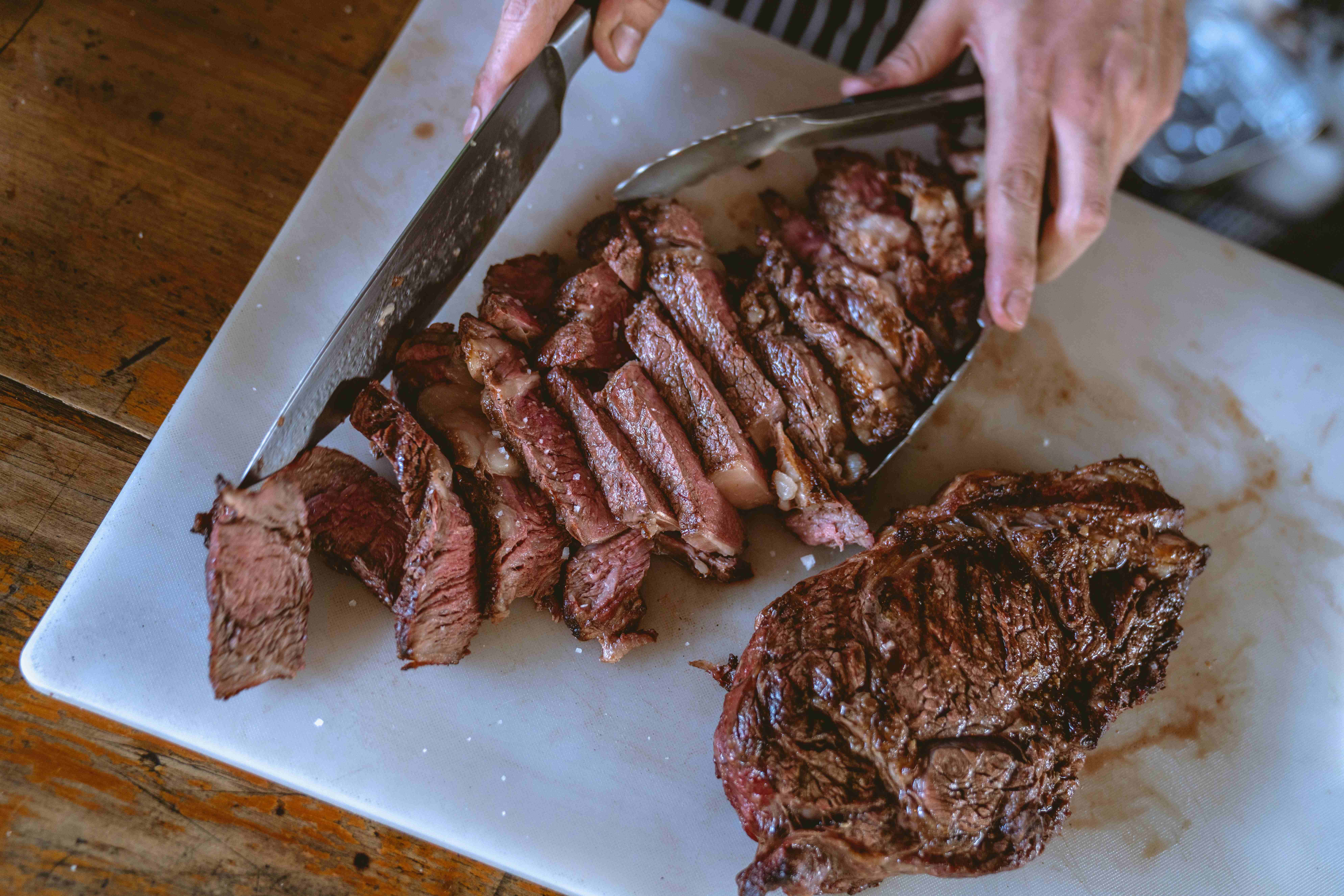China springs new year trade barrier
We are less than two weeks into 2026, but already the beef industry has faced a multitude of events which will continue to impact markets...
 United States meat producers are expected to begin limiting the amount of new supplies hitting the market, in an effort to guard against further margin volatility while warding off competition for consumer dollars.
United States meat producers are expected to begin limiting the amount of new supplies hitting the market, in an effort to guard against further margin volatility while warding off competition for consumer dollars.
That's according to Gro Intelligence, whose recent forecast of the major trends that will affect US protein prices in the months ahead points to beef prices likely breaking records in 2024, pork prices being depressed by a 'wild card' new rule, and chicken prices seeing further volatility.
Food price inflation
Overall, food price inflation has moderated sharply compared with the recent past, according to both the Gro US Food Price Index and US government data.
Gro’s Food Price Index shows the latest US food prices for September 2023 are down 1.4% from a year ago, even though the index is still up 24% from January 2020, when food inflation began to accelerate.
Looking behind the latest tame inflation reading reveals continued volatility: beef prices in September are up 28.6% year over year, while chicken prices are down 23.5%, according to Gro’s Food Price Index, which reflects prices based on consumption of a wide range of food items.
Record beef prices on the horizon
With the US cattle herd already sitting at its lowest point since 2015, numbers are only expected to continue shrinking in 2024, likely hitting a 60-year low.
Already this year, slaughter numbers have dropped 4% on year ago levels, with the trend expected to continue in the second half of 2023. Contributing to the tight pipeline is a 3.3% reduction in the number of cattle on feed for the year to date.
Read more: United States driving beef exports higher
Beef wholesale prices have soared to record levels - above $300/cwt - for much of 2023 on the back of this reduced meat production. Prices for the full year are on track to be 12% to 15% above last year, and will continue to rise in 2024.
Retail beef prices are also setting records, driving some consumers to favour lower-cost pork and chicken.
New rule to depress pork prices
In contrast to beef cattle, the US hog herd has shown minor expansion. Expected pork supplies could be up 3% from last year during the fourth quarter.
The added supply has pushed average wholesale pork prices, currently around $1 per pound, down by 10% year over year, although retail prices so far haven’t followed suit.
California’s Proposition 12, which mandates increased space for pig-rearing, will continue to disrupt pork markets nationwide and create uncertain impacts on prices into 2024.
Producers are aggressively thinning their sow herds — which suggests a 2.5% reduction in pork available in the US next year — in case the product can’t be sold in California.
Pork that can’t be sold in California will need to be sold in other states, and the additional supplies could depress wholesale and retail pork prices in much of the US.
Further volatility for chicken prices
Broiler production defied expectations of shrinkage in the 2023 first half, instead rising by 2.5% year over year. Producers will slow production in the second half in an effort to defend margins.
Chicken prices could be volatile into 2024 as industry crosscurrents pressure producers.
Wholesale broiler prices have slid since the US spring — down 15% since May. However, feed costs are down 20% year over year, helping to keep industry margins positive.
US consumer demand for chicken remains healthy, but competition for the consumer’s dollar could heat up if a significant buildup in pork supplies were to occur.
The broiler industry is keeping a close watch over the potential for cheap pork prices in 2024 — as the impact of California’s Proposition 12 plays out — which could drag down chicken prices and shrink industry margins.
USDA lowers red meat and poultry production forecast
The latest agricultural supply and demand estimates from the US Department of Agriculture has seen red meat and poultry production lowered from last month due to lower beef, pork and broiler forecasts.
Beef production is reduced on a slower pace of marketings in the third quarter, with the decline only partly offset by higher expected carcase weights in that quarter and higher expected cow slaughter in the third and
fourth quarters.
Pork production is lowered for the second half with a slower expected pace of slaughter and lighter carcass weights.
Broiler production is lowered on current slaughter data and expectations of a lower number of chicks placed and lighter bird weights.
.png)
We are less than two weeks into 2026, but already the beef industry has faced a multitude of events which will continue to impact markets...
.png)
With southern weaner sales in full swing this week, the results of these provide a very timely, useful and broadly reflective barometer of where the...
.jpg)
The Chrome Sheep Stud’s Summer Ram Sale has delivered a strong start to the year, recording 98% clearance and the stud’s best January average...
